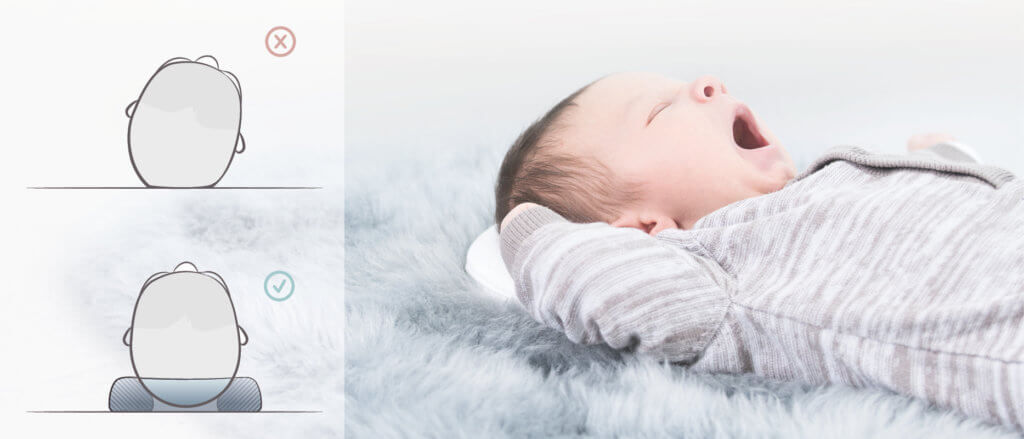
WHAT ARE THE CONSEQUENCES OF HEAD DEFORMATIONS?
Even scientific experts do not yet agree on the consequences of a skull malformation and its relevance in the everyday life of those affected. In this respect, the scientific study situation is controversial.
In principle, a spontaneous improvement can be expected in positional head deformities with good physical development. The occurrence of deformities among adolescents does not seem to be significantly higher, which is why some scientists consider the problem to be irrelevant in the long term. Likewise, no life-threatening consequences are to be expected.
No serious consequences of skull deformities in infancy, but psychosocial impairment possible
However, there are a number of other studies that suggest the potential negative consequences of skull deformation in babies. For example, long-term aesthetic losses due to the persistence or lack of compensation of an earlier skull deformation cannot be ruled out. Studies have also demonstrated this for potentially possible social and psychological impairments such as the Hänseln. Furthermore, there are indications that other structures such as the base of the skull may also be affected, especially in the case of asymmetric forms (plagiocephaly), and that this could lead to asymmetries in further development, e.g. in jaw development. Other studies have shown an increased need for school support in children with earlier skull deformity.
Despite, and precisely because of, the scientifically inconsistent data available on possible consequences, it is advisable to counteract the occurrence of situation-related deformations with targeted measures from the outset.
Read more: Can plagiocephaly and brachycephaly be treated or avoided?
